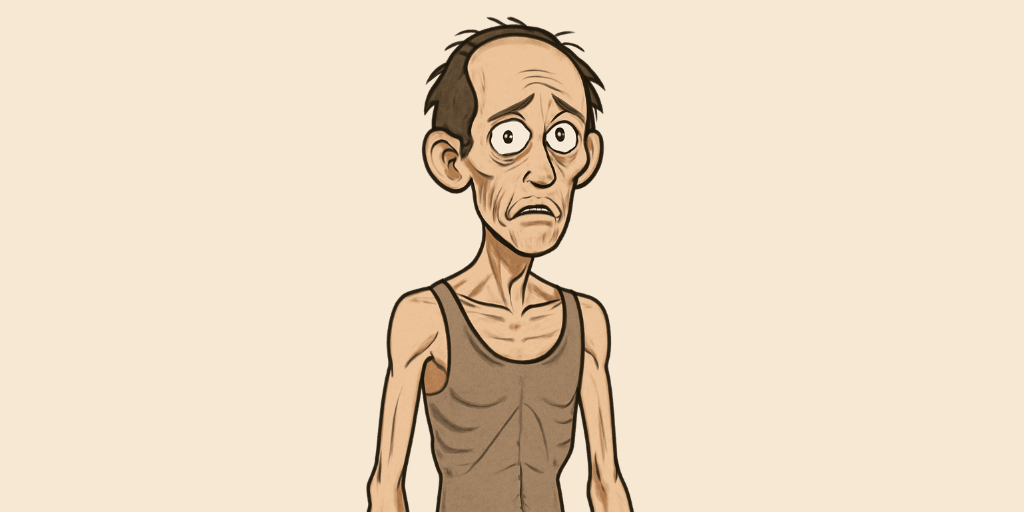Ayurvedic Name: Shosha
Description:
Shosha refers to chronic emaciation or wasting disorders similar to tuberculosis, malnutrition, or cachexia. It results from severe depletion of Ojas and Dhatus (bodily tissues) due to prolonged illness, malabsorption, or poor digestion. Symptoms include extreme weakness, weight loss, dry skin, persistent fever, and chronic cough. Ayurvedic treatment includes nourishing Rasayanas like Ashwagandha, Bala, Shatavari, and medicated ghee to restore strength and vitality.
Signs & Symptoms:
- Ksheena (Emaciation): Extreme weight loss, muscle wasting, and a significant reduction in body fat.
- Dourbalya (Weakness): Persistent fatigue and weakness, even with minimal exertion.
- Vishama Agni (Irregular Digestion): Digestive disturbances leading to malabsorption or undernutrition.
- Aruchi (Loss of Appetite): Lack of interest in food, often leading to further weight loss.
- Agnimandya (Poor Digestion): Weak digestive fire, leading to bloating and difficulty absorbing nutrients.
- Trishna (Excessive Thirst): Increased thirst due to the body’s attempts to compensate for weight loss.
Diagnosis:
BMI and Nutritional Assessment
Risk Factors:
- Dietary Factors
Inadequate Caloric Intake: Insufficient food intake, especially lacking in protein, can result in muscle wasting and weight loss.
Deficiencies in Micronutrients: Lack of essential vitamins and minerals like B12, iron, and folate can cause malnutrition and chronic emaciation. - Lifestyle Factors
Stress or Emotional Trauma: Chronic emotional stress or trauma can lead to loss of appetite and weight loss.
Excessive Physical Exertion: Overworking the body without adequate rest or nutrition can lead to emaciation. - Medical Conditions
Chronic Illnesses: Diseases like cancer, tuberculosis, or HIV/AIDS can cause significant weight loss and muscle wasting.
Digestive Disorders: Conditions such as celiac disease or Crohn’s disease that affect nutrient absorption can lead to emaciation.
Complications:
- Nutrient Deficiency (Ahar Kshaya): Emaciation leads to malnutrition, causing deficiencies in essential vitamins and minerals.
- mmune System Weakness (Pratirodh Kshaya): Prolonged weight loss and malnutrition compromise the immune system, increasing susceptibility to infections.
- Muscle Wasting (Mamsa Kshaya): Emaciation results in muscle loss, reducing strength and overall functionality.
- Cardiovascular Complications (Hridaya Roga): Severe weight loss can weaken the heart muscle, leading to heart problems or arrhythmias.
- Fatigue (Dourbalya): Chronic emaciation often causes extreme fatigue, making daily activities difficult and reducing quality of life.
Epidemeology:
Affects approximately 3-5% of the population, particularly individuals with malnutrition, chronic illnesses, or cancer.
More common in elderly individuals or those with wasting diseases like HIV/AIDS, tuberculosis, or cancer.
Prevalence is higher in developing countries due to poverty, poor diet, and infectious diseases.
Chronic emaciation is also a significant issue in severe eating disorders such as anorexia nervosa.

